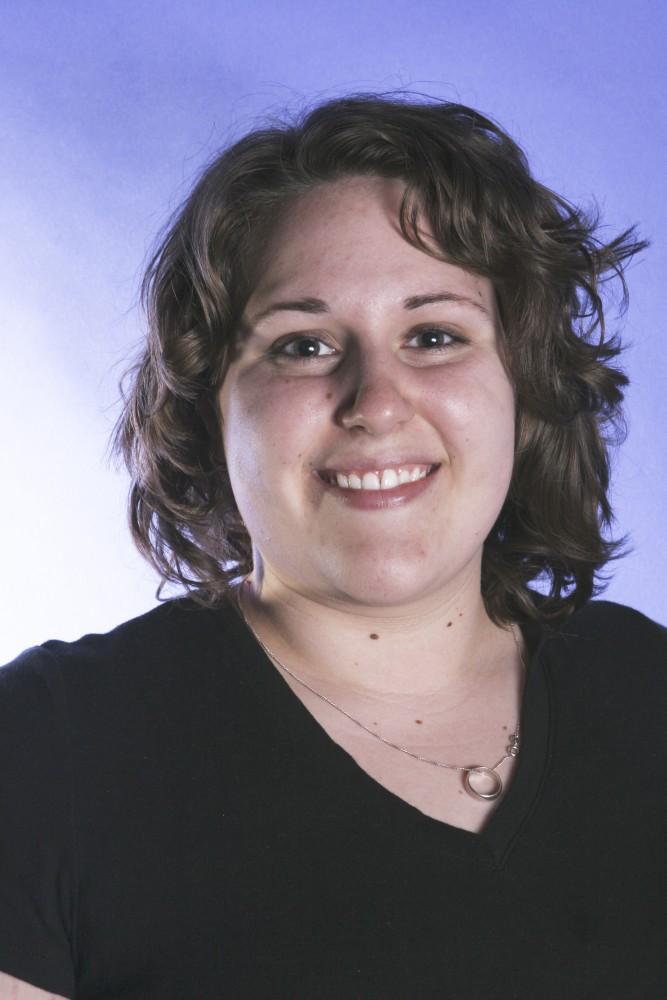GV professors use ArtPrize as teaching tool

Oct 14, 2010
Last year, when ArtPrize was a newly-minted event in Grand Rapids, some professors at Grand Valley State University recognized a golden teaching opportunity. In what is rapidly becoming a new tradition, professors from a variety of departments have given assignments that require students to take part in the city-wide art event.
Anna Campbell, assistant professor of art and design, teaches a class called Curatorial Studio. Her students spent the first week going to as many ArtPrize exhibits as possible and examining curating as a creative process.
“It made a lot of sense to have my students do a project attempting to organize the work at ArtPrize into some coherent exhibits,” Campbell said. “That is one of the things about ArtPrize – it isn’t officially curated, so a lot of folks can experience a sense of being overwhelmed and not able to tie one piece to another because there is a such a variety of work and subjects.”
After visiting the different ArtPrize venues, Campbell said her students created a hypothetical ArtPrize exhibit that gave them first-hand experience into curating.
“I think that is this is a good way for the students to really jump in, to see a lot of the work and to understand the event more thoroughly,” she said. “ArtPrize is an opportunity to think about the arts, to think about how the arts are discussed and framed in culture, to think about how the economy of a city and the economy of art production can be majorly beneficial to each other.”
Art professors aren’t the only ones seeing the educational potential of ArtPrize. Chris Toth, assistant professor of writing, asked his professional writing students to create a brochure persuading the reader into voting for their favorite ArtPrize piece.
“[I gave this assignment] because we have this big event, this wonderful opportunity in Grand Rapids and it gives students the chance to interact with the community that they live in,” Toth said.
He gave the same assignment last fall, which was met with a great deal of enthusiasm from his students. This year, however, a larger percentage of the class seemed to think that going to Grand Rapids for an event was an inconvenience.
“The thing about ArtPrize is that there are exhibits that are on the street at all hours, even when some of the indoor venues are closed,” Toth said. “For that reason, I feel that they should be able to go and do this assignment.”
For students studying the philosophy of art, ArtPrize has been a unique out-of-the-classroom experience. Kelly Parker, associate professor and chair of the Philosophy Department, deliberately planned his entire syllabus for Philosophy 220: Aesthetics around ArtPrize.
“We pretty much did ArtPrize, all the time, up until [the end of the competition],” he said.
Parker said he planned for his two classes to be held on the downtown Pew Campus specifically for this reason. This past week was the first time this semester his students had a traditional class.
The idea for an ArtPrize-based philosophy class came to him during last year’s competition, Parker said.
“My wife and I were walking around ArtPrize and it hit me out of the blue – this is, in the fall, going to be the best place in the world to teach the philosophy of art,” he said. “You have a city that is literally immersed in it and everybody’s talking about it.”
Now that ArtPrize has ended, Parker said his students will spend the rest of the semester relating the work they have already done with the work of other philosophers.
Parker said he is pleased with how his courses have gone so far and has heard some very good things from students. He said he has even heard students say they want to take his class specifically because they will get to learn about the meaning of art through ArtPrize.
Campbell, Toth and Parker all said they hope to use ArtPrize as a teaching venue in the future.
“Going to ArtPrize is a way for students to interact with their community,” Toth said. “I think that this is really important, because we can’t just be this isolated university and only go to our classes. To get outside the classroom and see what else is going on in the world and bringing some of that back into the classroom is good for everyone to experience.”

























